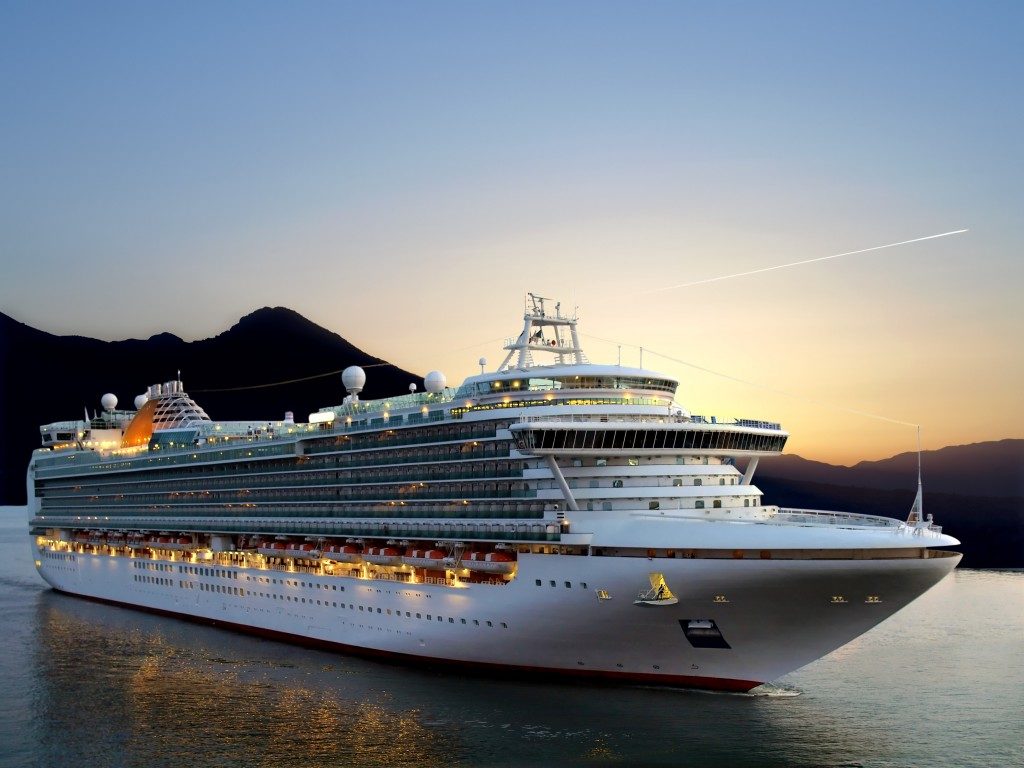We’ve come a long way when it comes to fashion: the question now isn’t so much as “what are you wearing” but “who are you wearing?” It’s a highly competitive market that’s driven by design, form, branding, and a little pinch of drama now and then. It’s also one of the biggest industries with a relatively low barrier of entry and a much higher requirement to succeed.
Getting into fashion isn’t a simple matter: there’s a plethora of requirements and expectations that you have to meet (both from yourself and your customers) to survive in the industry. And of course, like any business, it helps if you have the know-how when it comes to some areas of fashion that other brands may not be as invested in.
Here are some of these areas to pay attention to.
The second-hand market
Getting products second-hand has been an unexpected boon for many people — and thanks to the renewed interest in sustainable fashion, a goldmine for clothing store franchises. With the advent of fast fashion and the seemingly inexhaustible supply of trends, second-hand fashion has become the rage, especially among the millennial market.
This market offers an alternative method of entry for fashion retailers that are willing to put in the work, either by collating fashion pieces or adapting them for their own ends. While it may be a little strange to make a profit from selling runoffs and second-hand clothing, market demand in this sector has consistently risen, making it an area that should be paid proper attention to.
Sustainable clothing
Increased awareness of the environmental effects of production has steered most manufacturing processes and products towards more sustainable ends — and fashion is no exception. Whether it concerns material, manufacturing, or shipping and handling, it’s become an expectation that brands and retailers alike adopt a greener initiative when it comes to the sale and creation of their clothes.
For entry-level fashion retailers, this allows them to leverage this growing market without having to make the somewhat costly transition from the traditional ways of fashion and retailing. Sourcing locally or from sustainable channels are easier for entry-level retailers, and can even be used as a branding opportunity.
Demand for alternative brands

Finally, another shift in market demand concerns the source of the clothes themselves. While big brands still corner the majority of the clothing market, there’s been a slow yet steady movement towards more independent brands that can provide more robust customer service and quality clothing, two areas where more prominent brands have repeatedly been criticized for failing to meet.
This can be leveraged by specifically offering a product line or service that is personalized to your target market, giving them more of a reason to engage with you than more prominent brands. Marketing is also more effective via word of mouth than inorganic marketing methods, giving independent fashion retailers and brands some leverage over the admittedly bigger resources that major brands have at their disposal.
Fashion is a fierce market, but you can always use some of that fierceness for yourself to make your mark on the shelves. A little patience and some hard work, and you’ll find that strutting your stuff may be easier than you’d think.


